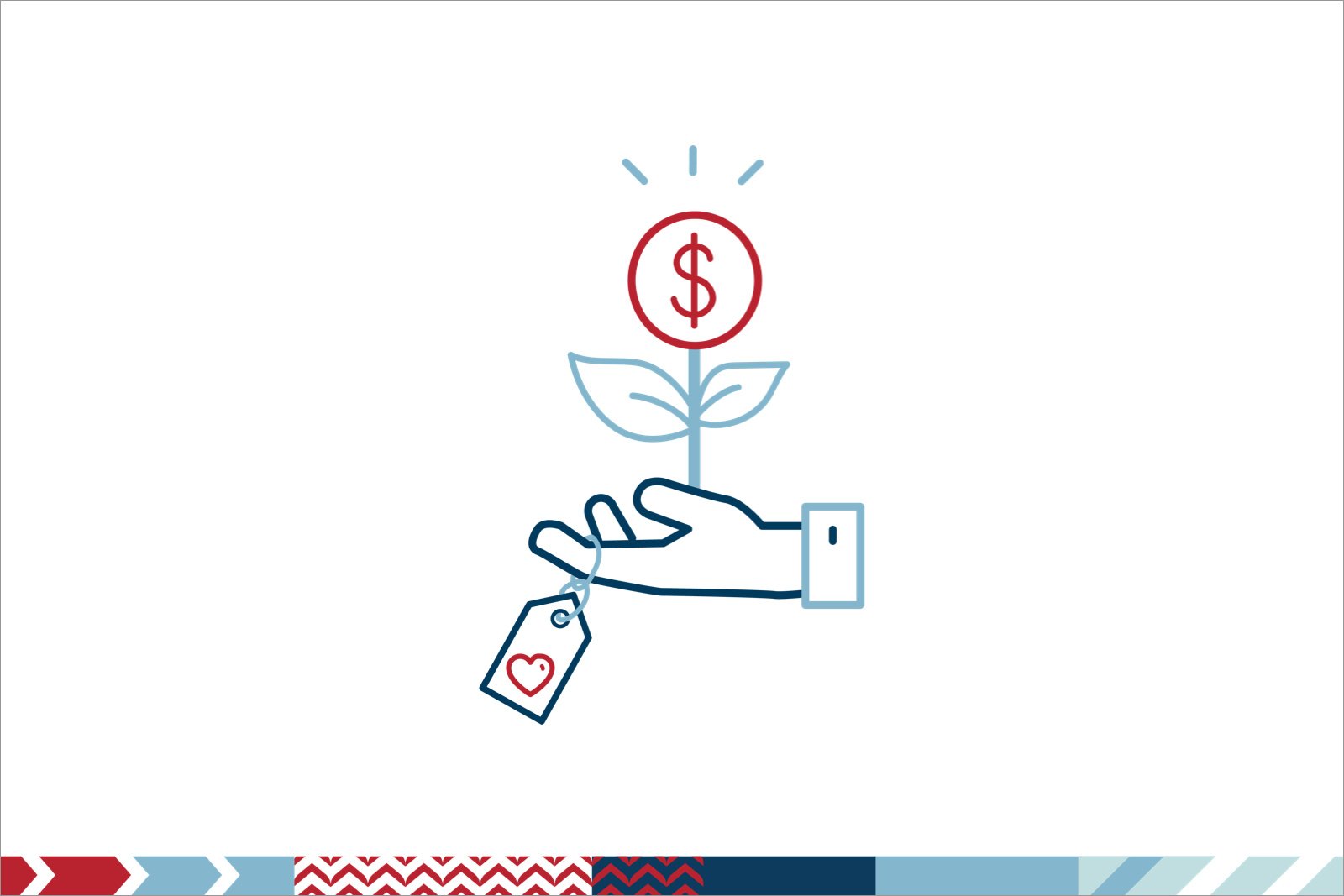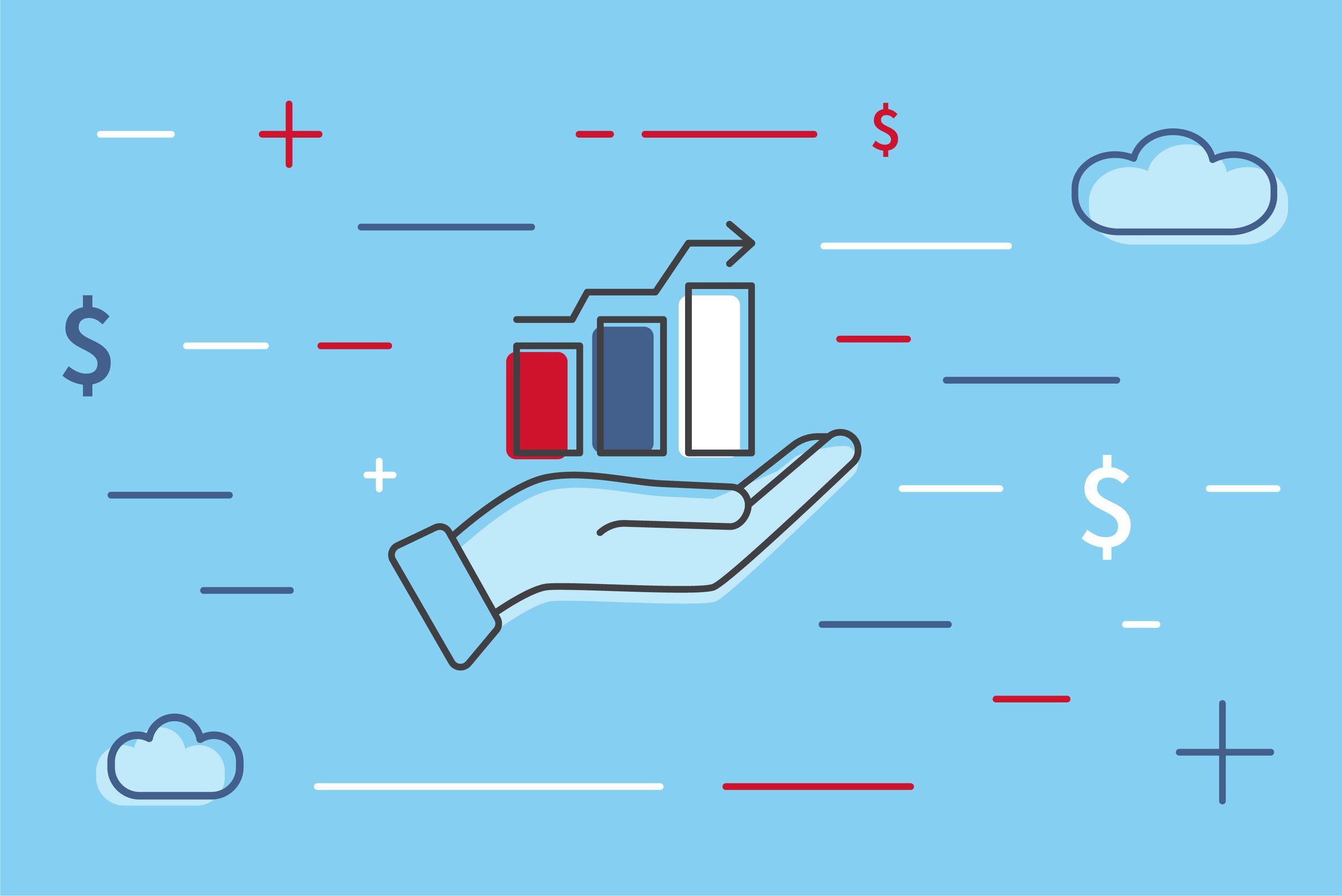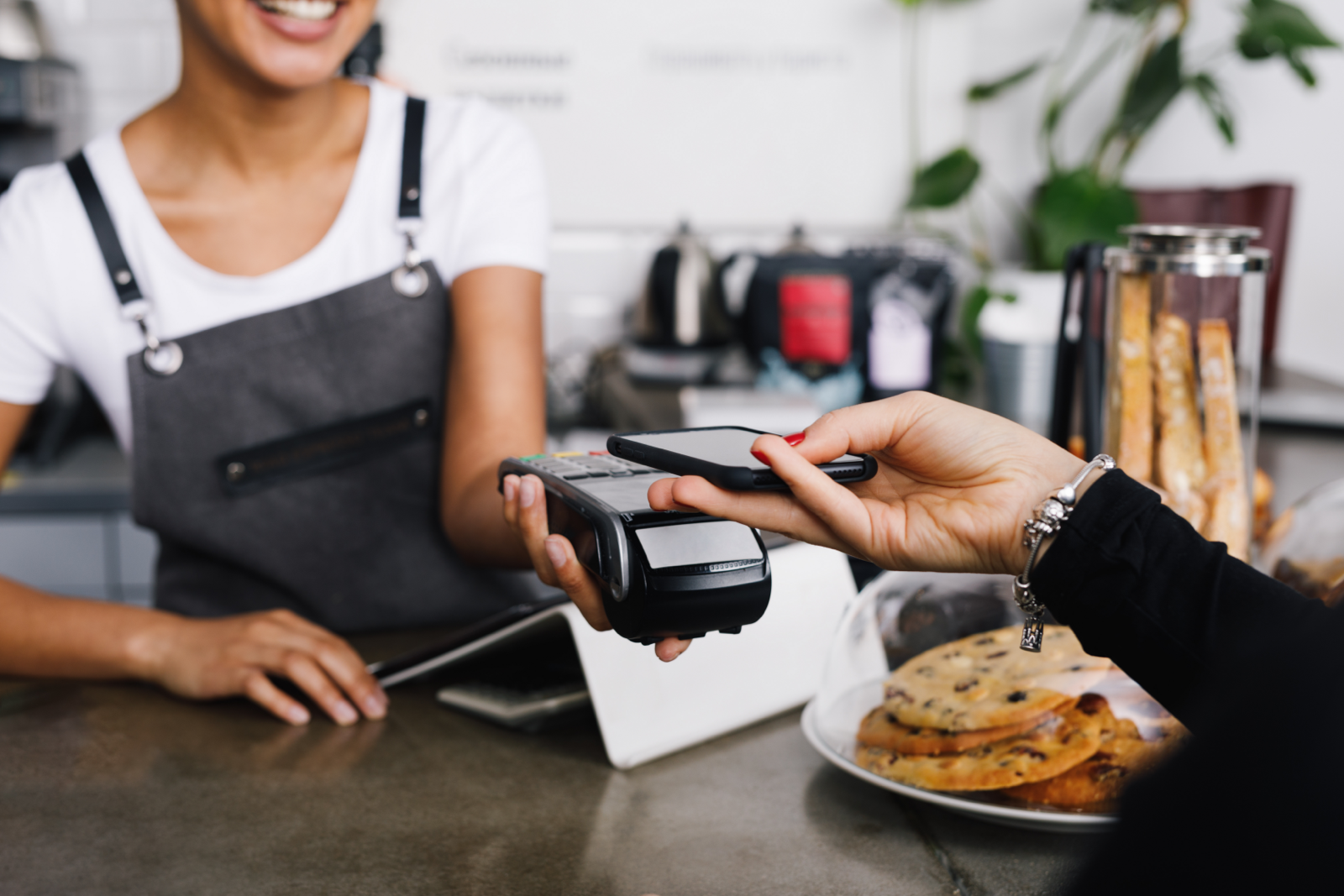The Price Tag and Payoff of Loyalty

Loyalty programs build customer devotion and provide brands an array of financial benefits including incremental sales, increased customer retention, and lucrative partnership opportunities. In fact, a top-performing loyalty program can increase revenue from redeeming customers by 15% to 25% annually. But these financial benefits aren’t free. Creating, launching, and sustaining a successful loyalty program requires continued strategic investment.
Companies that understand the benefits—and the costs—of a loyalty program are better prepared to earn lasting returns on their investment. Here are some of the one-time and ongoing expenses when setting a budget for your brand’s loyalty program.
Technology
Technology is a driving factor for brands launching or enhancing a loyalty initiative, and often it’s one of the biggest up-front expenses. Before investing in any new technology, take stock of your company’s situation using these key considerations:
- Assess your company’s current technology.
What technology is needed to deliver the optimal program for your brand’s customers? Before investing in new technology, determine if the technology your company already has in place could support a loyalty program. For example, will your program need a platform to manage loyalty currency? What infrastructure is in place to store and manage data? What about customer relationship management? How will your company manage personalization and communicating with customers? Once you understand the technology needs and gaps, your company may want to request bids for more precise technology estimates.
- Examine the impact on existing tech.
Even if your company has appropriate technology in place, your team needs to examine and understand the impact a loyalty program would have on existing tech. Integrating existing systems and programs will likely take some planning and effort. How long will that take and what will it cost? - Factor in the staffing implications.
Labor is another potential technology cost. Will additional IT or technology project management staff be hired to build and launch a program, or will those roles be outsourced?
Cost of rewards
Loyalty programs are built on member rewards—and they’re not free. While loyalty strategies can drive significant incremental sales, they’re typically funded through a reduction in profit margin. What percentage of sales is your brand willing to invest? When determining reward offerings and payback criteria—what loyalty members will earn after meeting spend thresholds or completing particular behaviors—be sure to weigh these important factors:
- Make rewards meaningful.
To engage with your program or brand, members need a payback amount or other rewards they perceive as valuable enough to be worth the time and effort required to join and maintain program enrollment.
- Set your brand’s loyalty payback criteria based on industry-specific standards.
In the grocery reward space, a range of 0.5% to 2% payback is common. For quick-service restaurants, a loyalty payback of 4% to 10% is more typical. While in retail, especially in the case of programs with tiers, the payback could be as high as 20%.
- Determine the program’s value proposition.
How much of your program’s payback is delivered as part of the published core value proposition? How much of the value proposition is delivered through promotional activity versus the published program?
- Consider tiered benefits.
Will your brand offer the same benefits for all customers, or will there be thresholds for multiple published customer tiers? If a published program tier isn’t right for your brand, will any rewards or benefits be offered on an unpublished basis? If so, what are the associated costs?
- Account for production expenses and indirect costs.
Offering a free menu item on members’ birthdays? Account for those costs. Rewarding members with free shipping? This is a popular benefit in many programs, but don’t overlook the incremental shipping costs your company will need to absorb.
- Reallocate
Is it possible to offset loyalty program expenses by reallocating budget from other areas? For example, targeted loyalty promotions might be funded by a reduction in printed inserts.
Marketing investment
Engaged members are the key to a successful loyalty program. Launching a program, attracting members, and maintaining member engagement requires a tangible investment in marketing communications. Program branding, asset production, and promotional support are all critical to introducing a new or revamped program. Then, once a program is established, communication streams are needed to continually attract new members and sustain their engagement.
Ongoing tech support
Even if your brand makes a significant upfront investment in technology, it’s important to plan for ongoing technology expenses.
Review your company’s existing technology contracts to determine if there are variable costs that will change if a loyalty program is added. For example, if the number of loyalty program members dramatically increases, will data management or processing fees grow significantly? What about per-unit costs for email or text messaging? Will a loyalty initiative materially shift variable costs and impact your brand’s bottom line?
Once launched, a loyalty program requires periodic refreshing to stay compelling to your customers and to remain competitive—and that means expending resources. It’s crucial to project what additional tech investment might be needed as your brand’s program evolves. As a rule of thumb, anticipate needing a program refresh with significant additional tech investment within three years of launch and then every three subsequent years.
Operational investment
Successful loyalty programs require cross-functional support either from in-house staff or outsourced consultants.
- Consider current staff capabilities and capacities.
Do your brand’s marketing, analytics, finance, and accounting specialists have the time, skills, and resources to manage the program? If not, additional hires or outsourced consultants will be necessary. What roles will be staffed internally? What roles will be outsourced to agencies? What are the associated costs?
- Prepare for increased customer service demands.
Customer service is imperative to a successful loyalty program. Does your brand have an existing contact center? If so, does it have enough capacity to handle the additional volume of customer inquiries created by a loyalty initiative? If a contact center isn’t already in place, your brand will need to set up staffing and establish processes for loyalty-related calls, emails, and chat functions.
- Train employees for loyalty.
Training is critical to ensure that all employees are knowledgeable about what benefits the loyalty program offers and why customers should join. Front-line employees in particular should be well-trained ambassadors for the loyalty program. Often, existing training tools can be updated with the necessary content, but if formal training processes or tools aren’t currently in place, be sure to budget for employee training.
Loyalty strategies have the potential to make a big financial impact for a brand by driving lasting customer devotion. Set up your brand’s loyalty program for success by understanding both the potential benefit and the investment needed to achieve it.
Nina Rose is senior director, Strategic Services. For more than 30 years, The Lacek Group has been innovating the art and algorithms of brand devotion. We help world-class brands identify their highest-potential customers, engage them across channels throughout their lifecycles, personalize each relationship for optimal long-term results, and measure the true effectiveness of those efforts.

